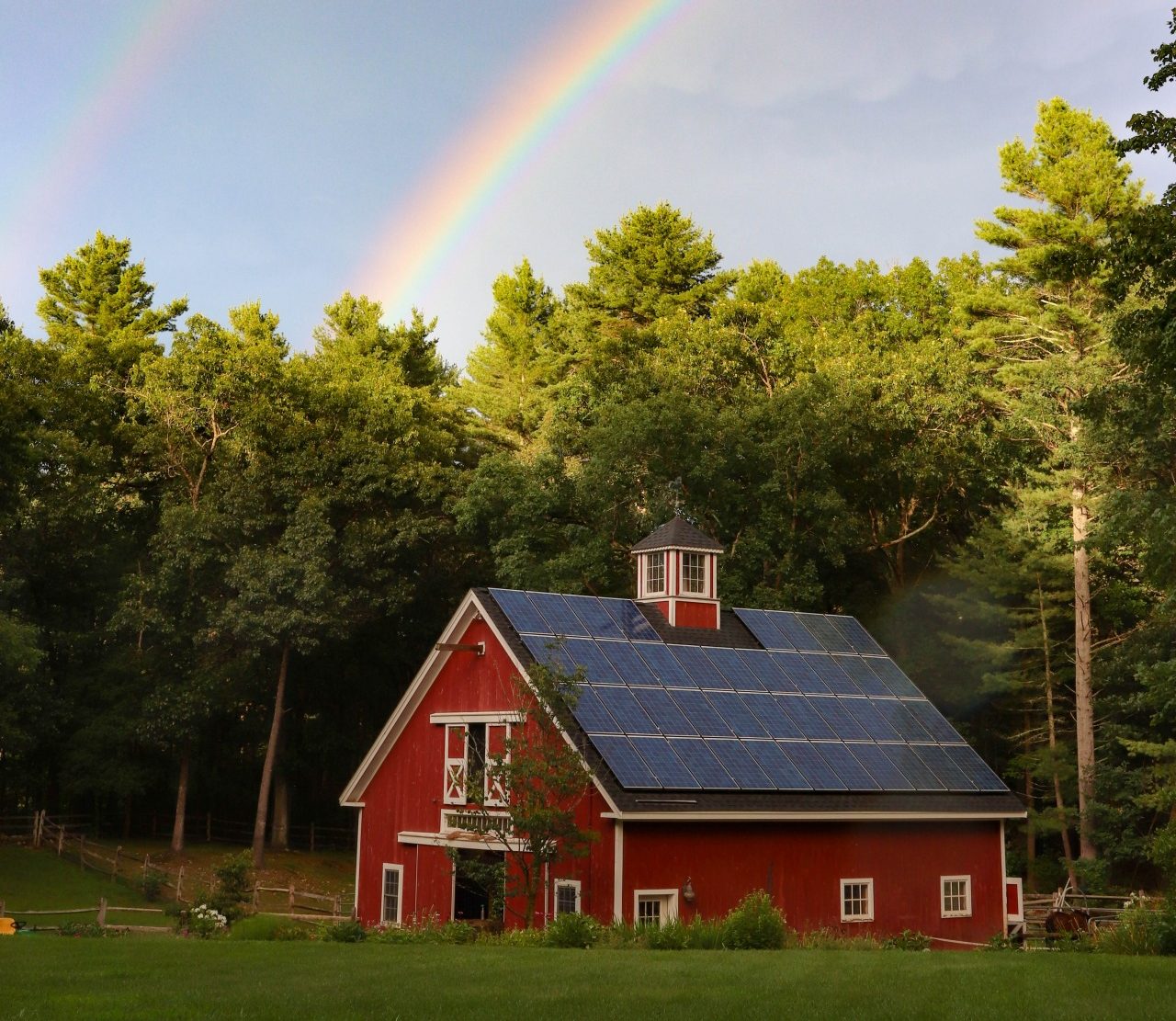The June sweaters are almost finished. This month I worked on a worsted weight yoke sweater and take two of the buckthorn sweater. I was looking to add more color, improve the fit and fabric of the buckthorn sweater in the second version. I still have the ribbing to finish but I’m generally happy with the result below. The yarn is hanspun horned dorset or crosses from Clark Farm in Carlisle making the sweater a truely locally grow (wool and dyes), washed, carded, spun and knitted.

I had to take a detour in the middle of the knitting to dye more pink with buckthorn bark. All of the colors in the sweater come from buckthorn, hence the name buckthorn sweater. The detour into buckthorn bark dyeing led me down a bit of a rathole. I always attempt to improve on what’s gone before so I looked about the internet on new ways or ways I hadn’t thought of to deepen the color of the pink. I stumbled across a blog that had great photos of wool dyed overnight, at 140 degrees F and 176 degrees F. The wool dyed at 140 degrees F had the best color. I had previously dyed at room temperature so I thought I’d try 140 degrees F. The blog also said the bark used was glossy buckthorn bark , alder buckthorn or rhamnus frangula. I am fortunate to have both rhamnus frangula and rhamnus carthartica growing near me. They are both considered invasives where I live and abundantly available. Rhamnus frangulas grows in my yard and along my fence line and I had some I needed to cut back so I did. I stripped the leaves, boiled them and dyed three skeins mordanted with alum and got.

Then I did a sample of the alkaline extraction of the bark and didn’t get the color I expected. I left it over night and got a brownish color. I heated it up to 140 degrees F and got a slightly darker shade of brown. In short there was no pink at anytime. This actually was what I had faintly recalled but thought perhaps I was mistaken. I’ve been dyeing with buckthorn for over 5 years now and done a lot of experimentation. So I did and extraction on some of the rhamnus cathartica bark that I’d saved from the previous year and got a range of lovely pinks. Below is a photo of the plant and the colors that the plant dyed.

The plant on top that dyed the pinks I would identify as Rhamnus cathartica. It has thorns, toothed leaves and is more of a small tree than shrub. The plant that I was only able to get a brownish color I would identify as Rhamnus frangula. It has no thorns, smooth leaves and forms a shrub. Buckthorn bark that is sold on the internet for dyeing and medicinal use is widely identified as Rhamnus frangula. If what is sold on the internet is indeed rhamnus frangula than what is the plant at the bottom?
